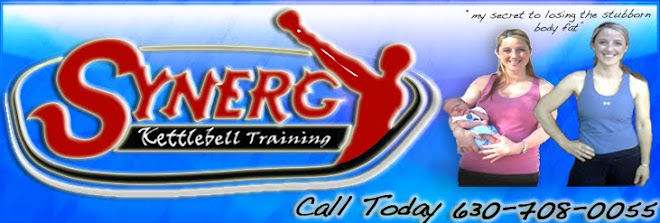 In fact it has been proven there are only 2 environments which are best for spiking all 3 of those hormones in the exact same way and they are fasting and exercise. Drink 10oz of water every time you THINK you feel hungry.
In fact it has been proven there are only 2 environments which are best for spiking all 3 of those hormones in the exact same way and they are fasting and exercise. Drink 10oz of water every time you THINK you feel hungry. Most people only eat out of convenience or habit during the day. In reality the body does not need daytime food intake unless a workout has been performed. Most cannot distinguish between feelings of hunger and that of thirst. If your mouth is ever dry you are already dehydrated and a drop of even 15% decrease in your body's water is about a 50% decrease in your energy.
Most people only eat out of convenience or habit during the day. In reality the body does not need daytime food intake unless a workout has been performed. Most cannot distinguish between feelings of hunger and that of thirst. If your mouth is ever dry you are already dehydrated and a drop of even 15% decrease in your body's water is about a 50% decrease in your energy.Additionally if someone eats on the 5-6 meal per day plan currently it can be hard to imagine eating only once per day. If someone exercises multiple times per day they should have a post workout recovery shake/meal within 30 minutes after to return their body to an anabolic(muscle recovery) state. Then eat staggered meals, over a four hour period, in the evening that add up to very large calories consisted of natural foods in good combinations. Personally my main meals sometimes top about 3,000-4,000 calories. A lot of people think if they eat one meal it should be or needs to be the same size of the meals they eat now. Eating multiple times per day will not necessarily allow for lower calorie meals to be consumed and in fact most people consume too many within each of those smaller meals.
In essence simply consume the post workout meal and then in the evening eat as much or even more than you now eat spread throughout the day. If you think you cannot then you are not thinking in terms of staggering over a 4 hour period always beginning with a big salad.
Brad Pilon, author of the book Eat Stop Eat and regular intermediate faster, wrote an article on his blog regarding and supporting this very topic. Here it is for your reference and reading pleasure.
Deconstructing Nutrition - When you don’t eat, your metabolism slows down
When you don't eat, your, metabolism slows down.
This "nutrition fact" says that when your caloric intake is too low, your metabolism actually slows down. It has been referred to as "starvation mode" and is the basis for the current trend of advising people that they should eat every couple of hours, never skip meals, and never cut your calories too low while dieting.
But is it true?
To examine this truth, I decided to look into what happens to a person's metabolism when they fast for a short period of time (between one and three days).
The first study I reviewed had six healthy male volunteers fast for 3 days. During this fast, the researchers measured the changes in the subject's metabolism at 12, 18, 24, 20, 42, 54, and 72 hours of fasting. What they found was that there was no significant change in energy expenditure during any of the 7 time points. So from this study we can say that a 3 day fast in men does not cause a decrease in metabolism.
Already this evidence goes against the idea that if we don't eat every couple hours our metabolism will slow down.
The second study I reviewed had 8 men and 8 women fast every other day for 22 days straight. There was no significant change in the subject's metabolism from the start to the end of the study. From this study, we can say that fasting every other day for a period of 22 days results in no significant changes to a person's metabolism.
So we now know that even if we eat sporadically for 22 days, most likely our metabolism won't be affected.
The third study I reviewed had 8 men fast for either 12 hours or 72 hours and then eat a meal. After the meal their metabolisms were measured for 12 hours. This study found that regardless of whether or not the men fasted for 12 hours or 72 hours, their metabolism for 12 hours after eating a meal was not significantly different. So this study shows us that a short term fast doesn't affect your metabolism after you eat.
So even if we don't eat for 3 days, there is absolutely no change in the way eating effects our metabolism.
So from the research I was able to review, it doesn't seem like short periods of fasting cause any negative effects on our metabolism. Nor does it affect our metabolism once we start eating again.
Since having absolutely no calories for a short period of time does not effect our metabolism, I feel safe in saying that the idea that you need to eat every couple hours in order to keep your metabolism "revving" is actually a nutrition myth and not a fact at all. Also, the phenomena of a "starvation mode" does not happen until after at least 3 days of fasting, if it actually even exists.





















